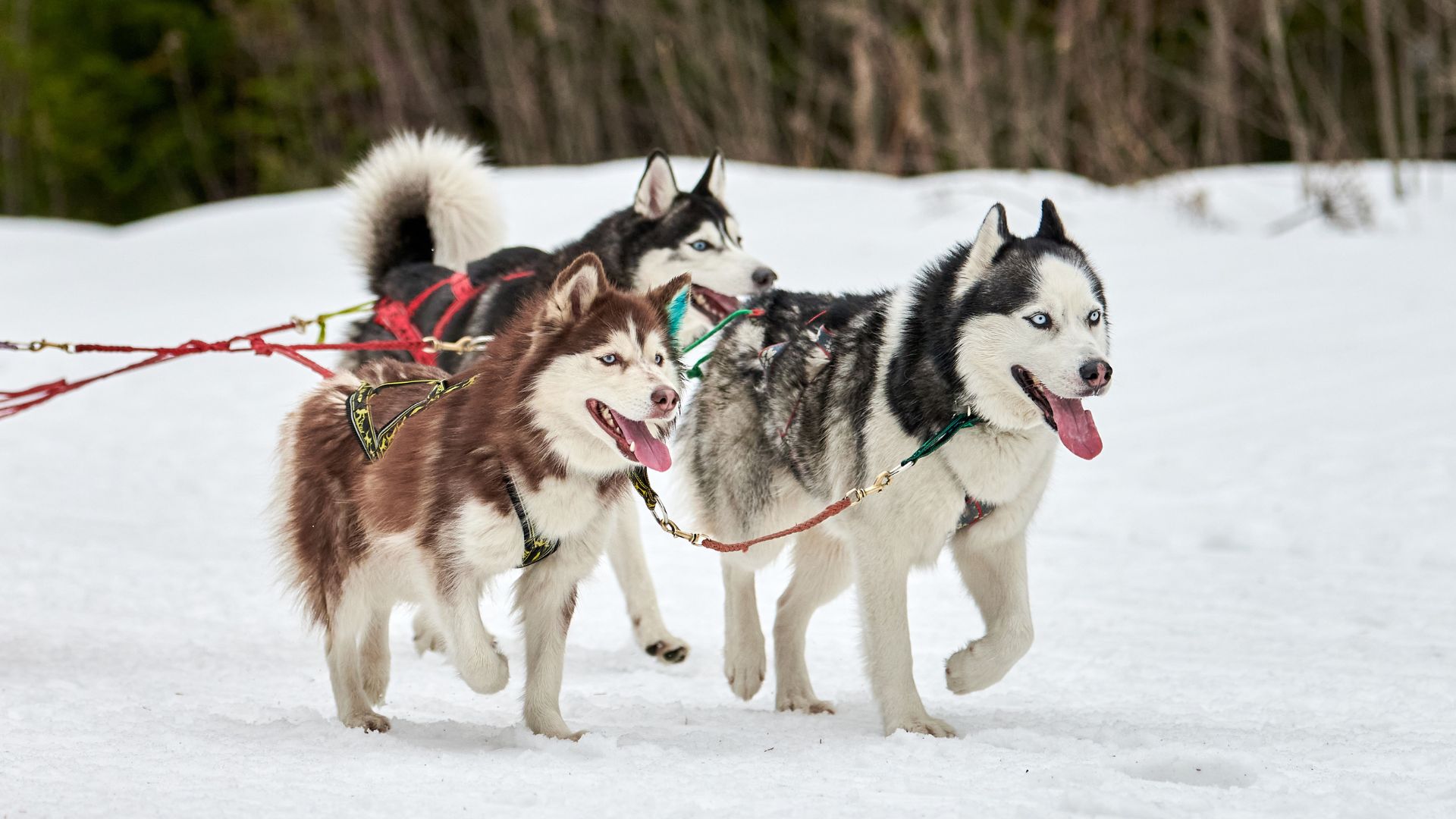Big, strong, and full of heart, that’s what comes to mind when you meet a true sled dog built for muscle. These breeds are natural athletes who have been pulling heavy loads and working alongside people for centuries.
Unlike the speedy racing huskies you often see in movies, the muscular sled dogs are the heavy lifters of the pack, dogs with broad shoulders, powerful legs, and the determination to keep moving forward no matter how deep the snow gets.
They’ve helped humans survive in some of the toughest places on Earth, and today, their strength and spirit still shine in everything from outdoor adventures to modern dog sports.
In this article, we’ll take a closer look at the strongest, most muscular sled dog breeds and what makes them so special.
Strongest Muscular Sled Dog Breeds
1. Alaskan Husky
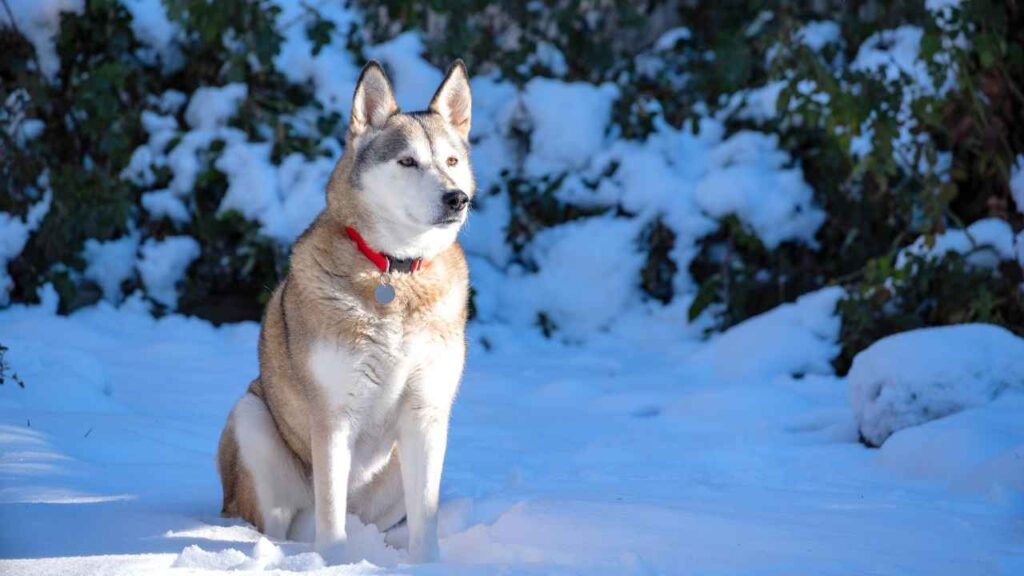
The Alaskan Husky has an athletic build developed through generations of careful breeding for sled work. Its physique is shaped by performance needs, lean muscles, sturdy legs, and efficient movement designed for endurance in icy conditions.
The Alaskan Husky varies in coat color, eye shape, and size. Breeders prioritize stamina, speed, and pulling strength, ensuring that each dog can handle the demands of sledding. This practical approach has created one of the most versatile sled dogs.
Highly social, Alaskan Huskies thrive in group settings and are comfortable working as part of a team. Their cooperative nature allows them to integrate seamlessly with other dogs, making them ideal for sled teams that require harmony and coordination.
Despite their hardworking reputation, these dogs are also affectionate and friendly with people. They bond strongly with handlers, enjoy companionship, and often display a playful side that balances their intensity at work. Proper exercise is essential, as their energy levels are extremely high.
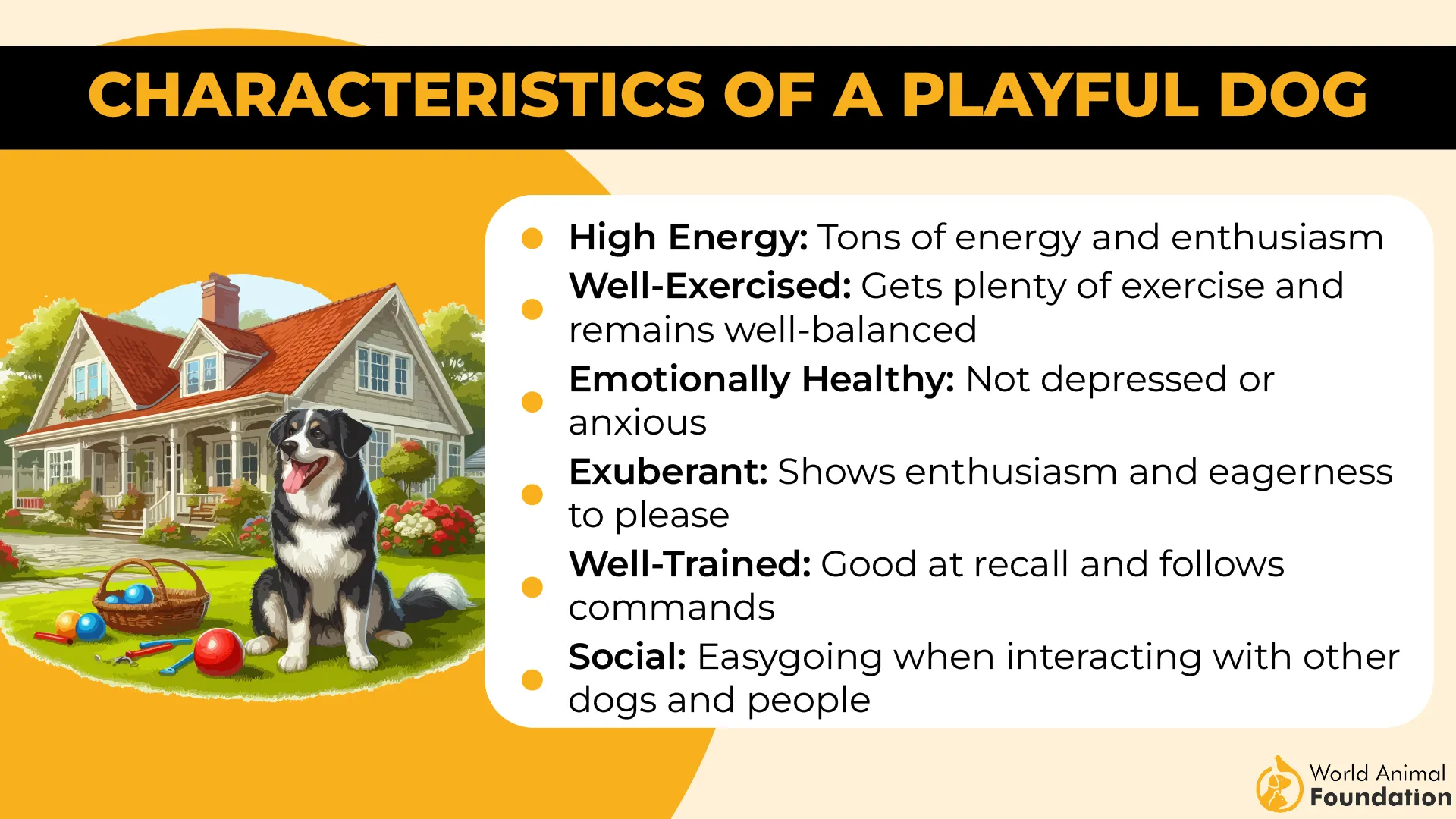
Throughout sled dog history, the Alaskan Husky has earned its place as one of the most efficient and dependable breeds. Its combination of stamina, adaptability, and strength keeps it at the forefront of sledding traditions and modern canine sports.
Quick Tips
Provide daily vigorous exercise to match their high energy.
Encourage pack-style activities to satisfy their social instincts.
2. Alaskan Malamute
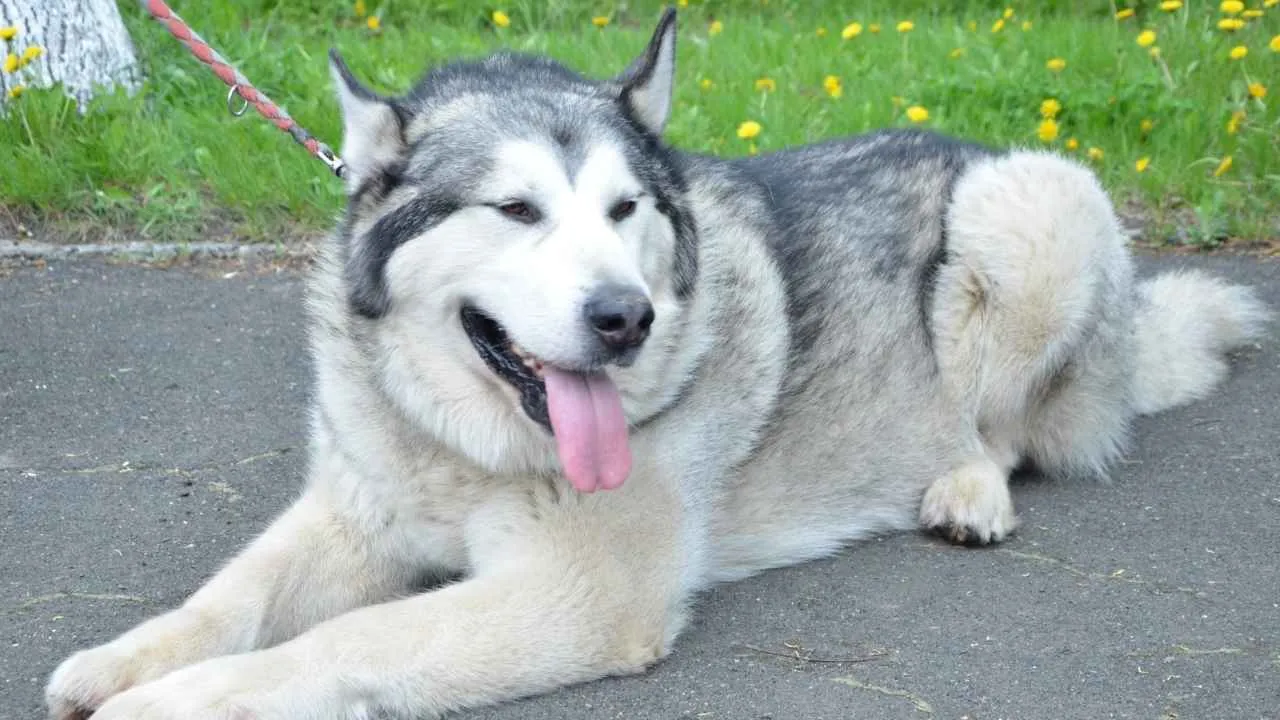
The Alaskan Malamute is one of the most powerful sled dogs, bred for hauling heavy loads across snowy terrain. With its broad chest, muscular frame, and sturdy legs, the Malamute is built for stamina and strength rather than speed, making it a true powerhouse of the working dog world.
This breed has deep roots in Alaska’s indigenous communities, where it played a crucial role in survival. Malamutes transported supplies, helped hunters, and lived closely with families, valued not only for their work ethic but also for their companionship and loyalty.

As per Royal Canin, Malamutes are affectionate and enjoy being close to their human families. Their dignified yet playful personality makes them a joy to live with, though their size and independence mean they need structured training and strong leadership from an early age.
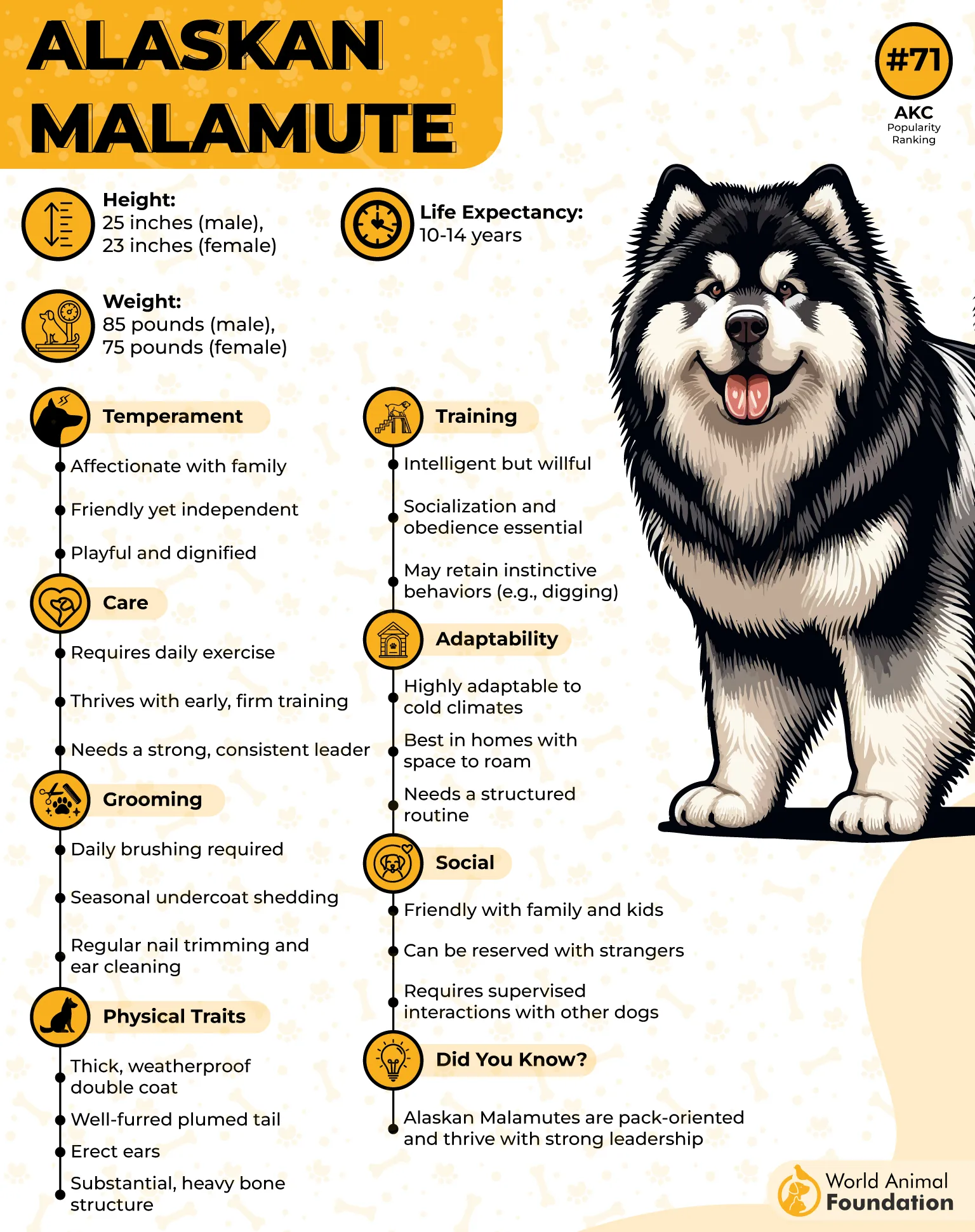
Intelligence is another defining trait, but it can lead to stubbornness if left unchecked. Consistency and patience go a long way in helping a Malamute thrive, ensuring that their impressive strength is balanced with good behavior and trust.
Within sledding, Malamutes are admired for their pulling power over distance. They excel in endurance-based work, capable of moving substantial loads through unforgiving conditions where stamina and determination are critical.
Quick Tips
Start obedience training early to guide their independent nature.
Provide jobs or tasks to channel their strong working drive.
3. Chinook
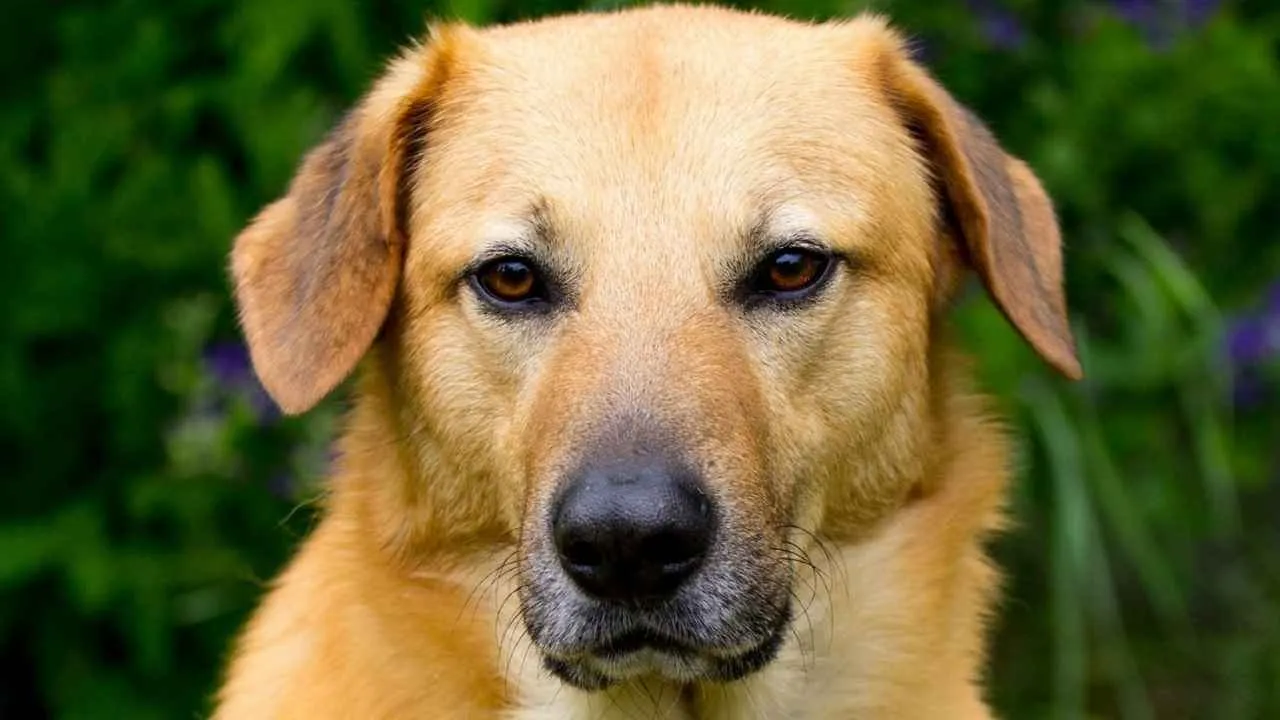
The Chinook is a rare sled dog breed developed in New England during the early 20th century. It was created to combine power and endurance with a calm, family-friendly personality. With a sturdy frame and well-muscled body, the Chinook was bred for strength while maintaining a gentle, approachable temperament.
This breed is known for its loyalty and eagerness to please. Chinooks often form strong bonds with their families and enjoy being part of daily activities. They are attentive companions who balance their working abilities with an affectionate and patient demeanor.
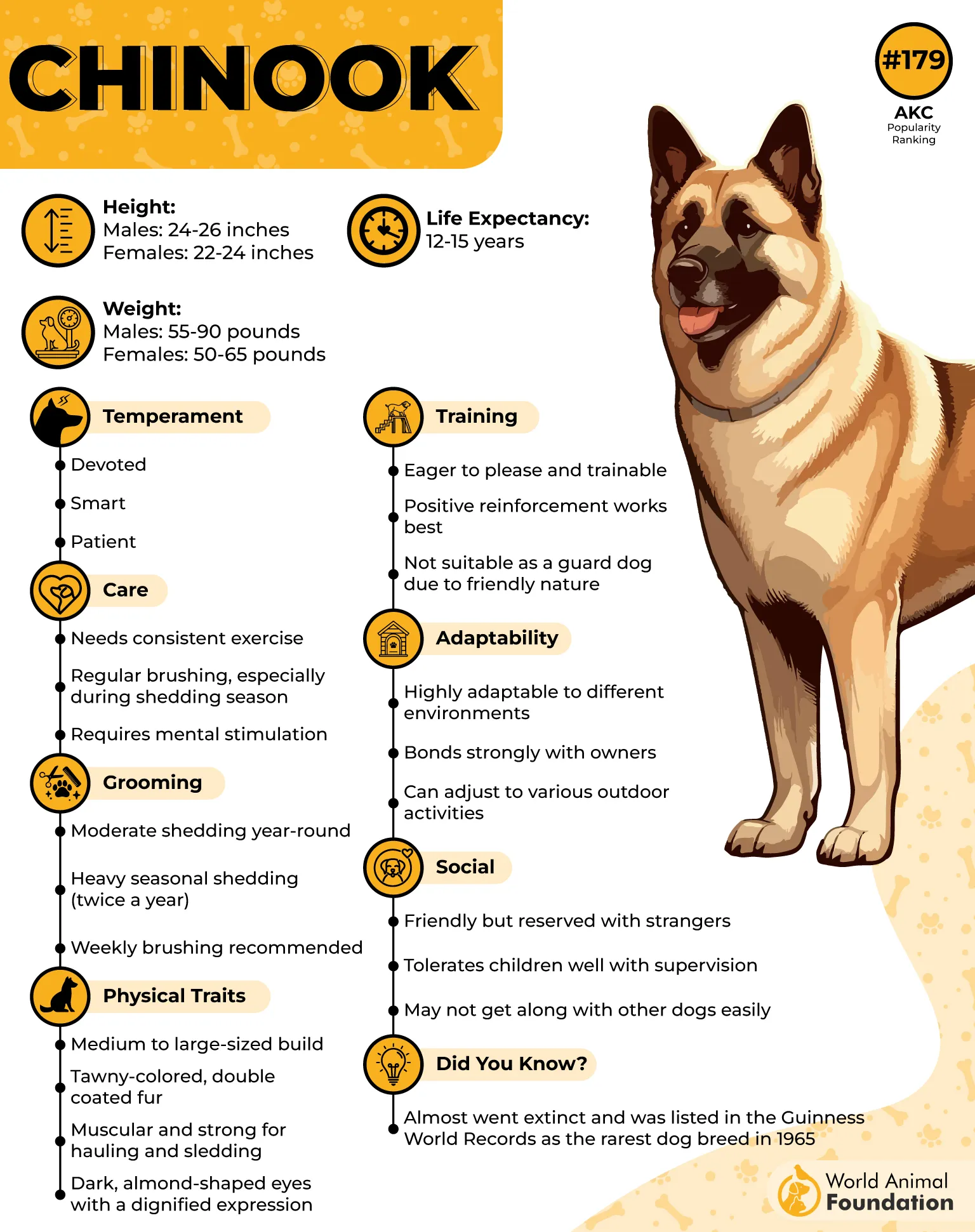
While not bred for guarding, Chinooks still have an alert presence. They are watchful without being aggressive, making them trustworthy around children and visitors.
As a sled dog, the Chinook was designed to pull with endurance rather than compete for speed. It excels at steady, reliable work, making it a dependable partner in team-driven tasks and long-distance travel.
Today, the Chinook remains a versatile breed valued for both companionship and capability. Its unique mix of muscular strength and easygoing personality makes it an excellent choice for active families who want a strong yet gentle dog.
Quick Tips
Provide consistent socialization to nurture their cooperative nature.
Offer regular mental challenges to match their intelligence.
4. Greenland Dog
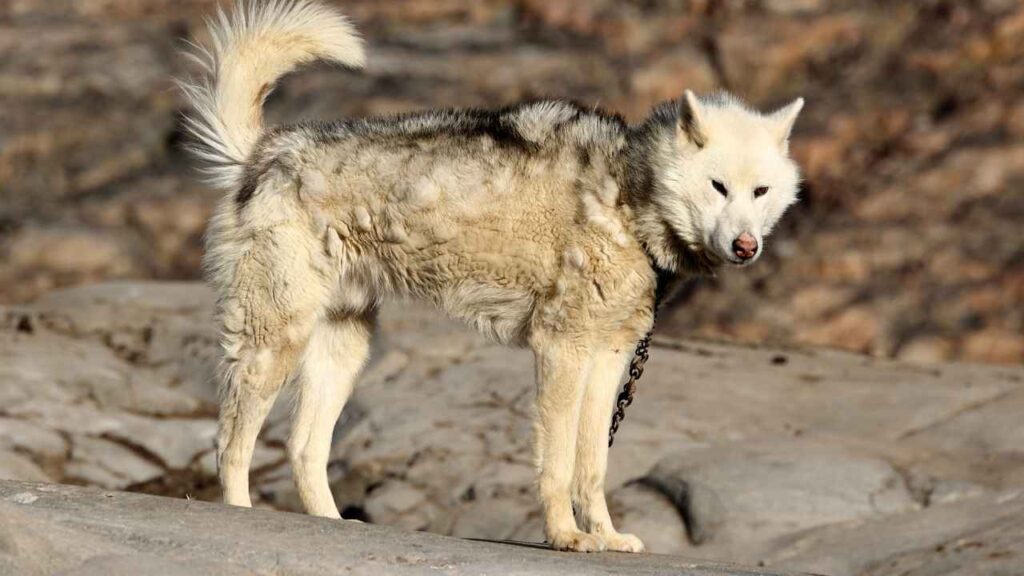
The Greenland Dog is one of the oldest sled dog breeds, valued for its resilience and strength in harsh Arctic conditions. Its muscular frame, thick coat, and strong nails make it perfectly suited for pulling heavy loads over snow and ice. This breed was developed not for appearance but for survival and function.
Life in Greenland shaped these dogs into tough, determined workers. They thrive in cold climates and are highly adaptable to outdoor living, showing a level of stamina that few breeds can match. Their history as indispensable travel partners highlights their durability.
Pack life is central to the Greenland Dog’s nature. They are highly social with other dogs but require confident guidance from their human handlers. Their instincts to work as part of a team remain deeply ingrained.
Although affectionate with people, these dogs are independent thinkers. They respect strong leadership and need consistent training and structure to balance their spirited personalities.
Within sledding, Greenland Dogs are prized for their power and ability to withstand extreme climates. Their contributions to Arctic exploration cement their reputation as one of the strongest sled dogs in the world.
Quick Tips
Provide structured pack activities to satisfy their team-driven instincts.
Ensure plenty of outdoor exercise in cool environments.
5. Siberian Husky
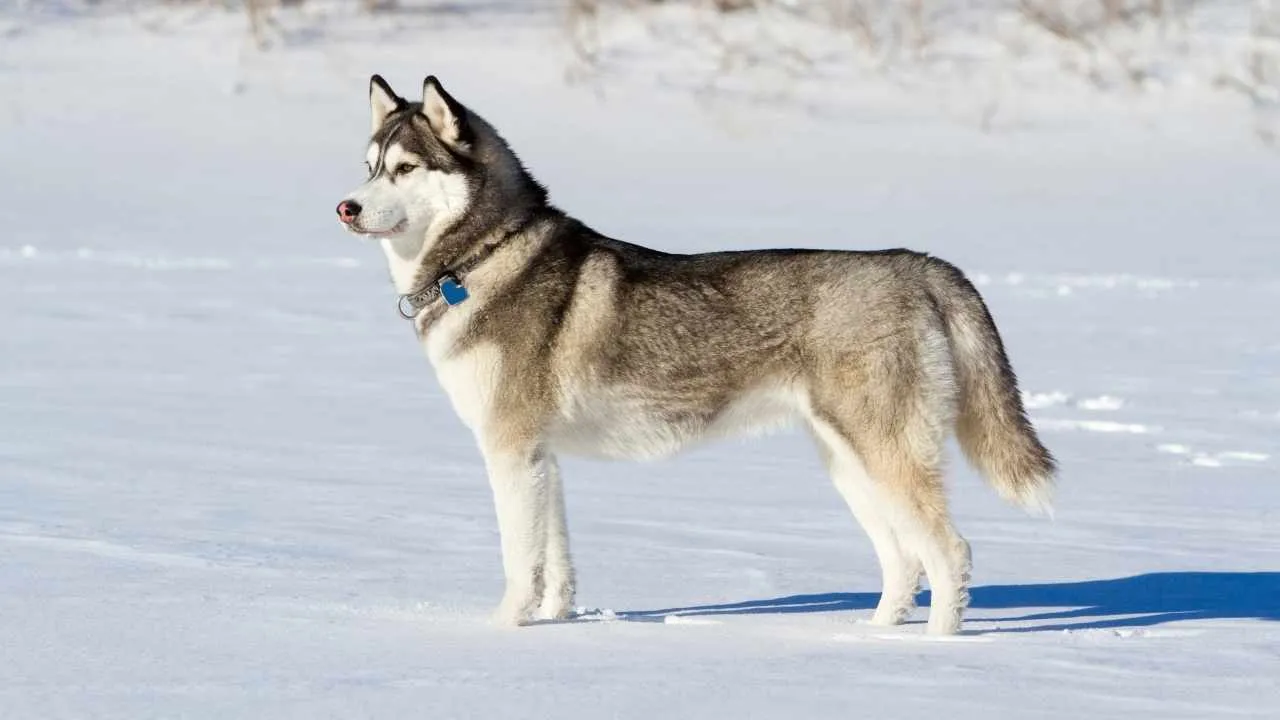
The Siberian Husky is known for its striking looks and lively spirit, but beneath the appearance lies a powerful and capable sled dog. Bred by the Chukchi people, these dogs were designed to travel long distances quickly and efficiently in freezing conditions. Their balance of muscle and agility makes them exceptional endurance athletes.
The Siberian Husky is valued for speed combined with strength. Their lean build, dense coat, and tireless energy allow them to cover vast distances, often outperforming others in long-distance sledding events.
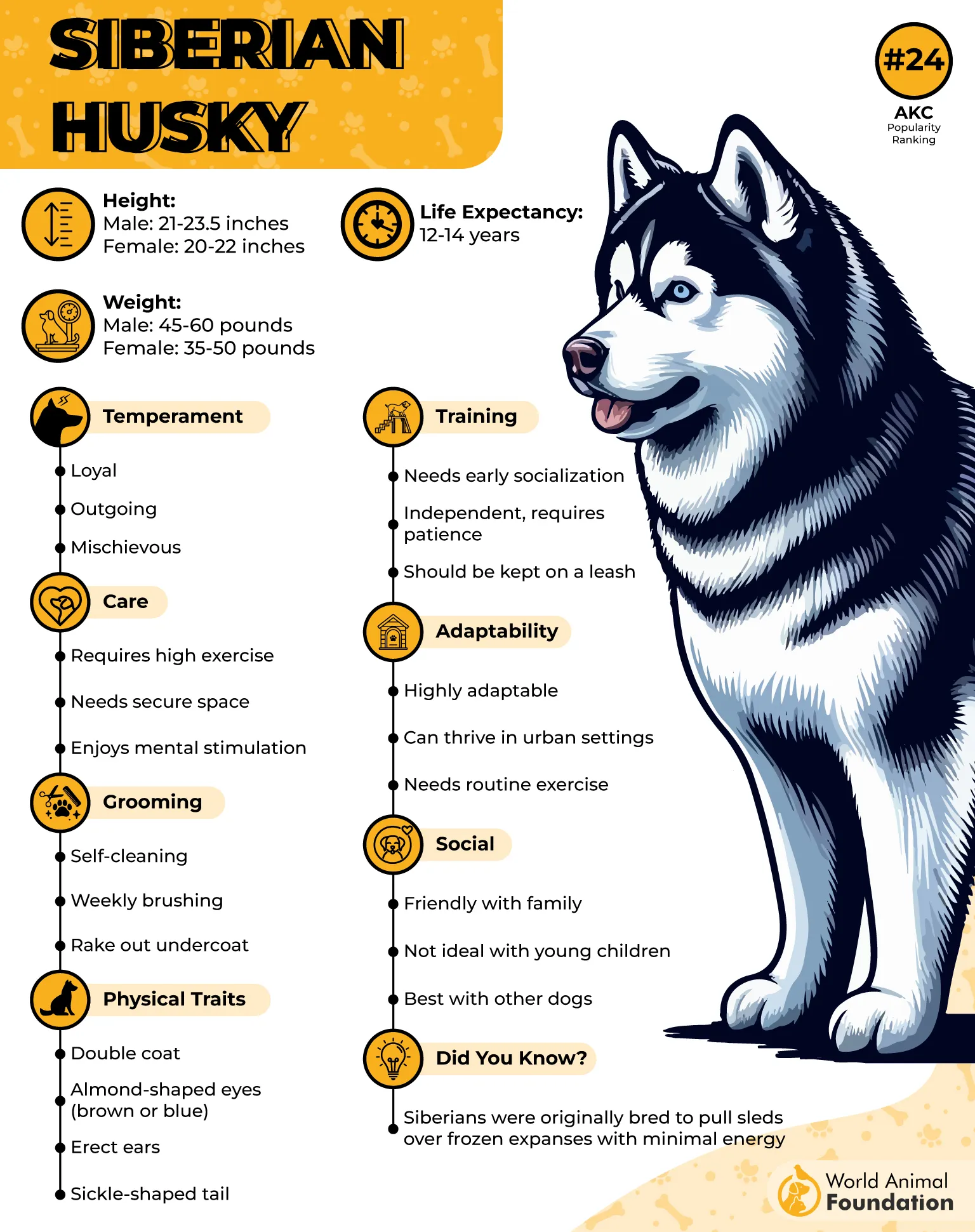
Siberian Huskies are famously social and people-oriented. They enjoy being part of a family and thrive on interaction, which makes them both loyal companions and enthusiastic workers. Their friendly nature often extends to strangers, making them welcoming pets.
These dogs are intelligent but also known for their independence. Training requires patience and consistency, as their curious personalities can lead them to wander or test boundaries if not guided.
In sled dog culture, Huskies are iconic for their contribution to sled racing and historical journeys across frozen landscapes. Their endurance and cooperative spirit keep them among the most celebrated sled breeds.
Quick Tips
Use secure fencing to prevent escapes, as they are skilled escape artists.
Provide daily physical and mental challenges to channel their energy.
6. Canadian Eskimo Dog
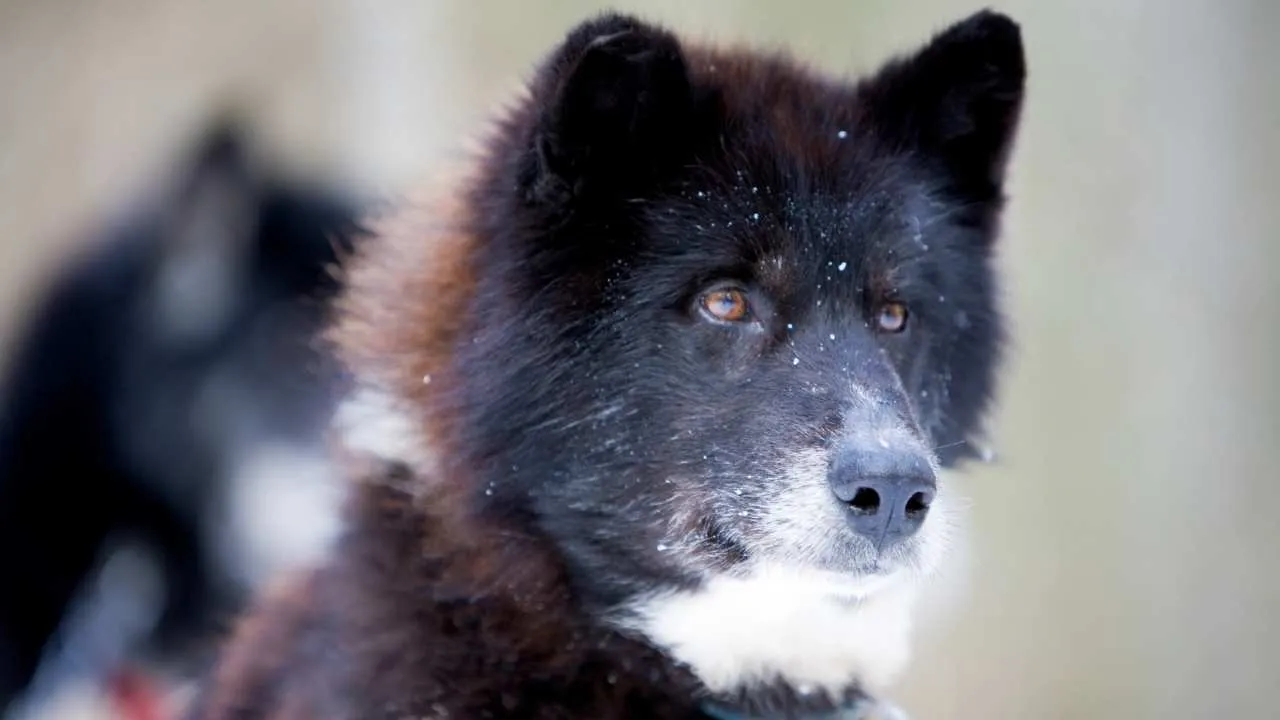
The Canadian Eskimo Dog is one of the oldest native breeds of North America, developed for pulling sleds and assisting hunters in Arctic regions. With a robust frame and heavy coat, it is well-suited for extreme cold and long, demanding work. This breed embodies strength and endurance.
Historically, these dogs were essential for Inuit communities, transporting supplies and helping in hunts. Their ability to handle difficult terrain and harsh climates made them indispensable companions in survival.
Canadian Eskimo Dogs are intelligent but also very strong-willed. They require firm guidance and consistent training, as their independent streak can make them challenging for inexperienced owners.
Despite their independence, they are loyal to their families. They are often reserved with strangers but show deep affection and dedication to those they trust. Their alertness makes them reliable working partners.
As sled dogs, Canadian Eskimo Dogs excel in pulling heavy loads over long distances. Their contribution to Arctic life and exploration has earned them recognition as one of the toughest working breeds.
Quick Tips
Begin early training to manage their independent character.
Provide physically demanding work to keep them fulfilled.
7. Yakutian Laika
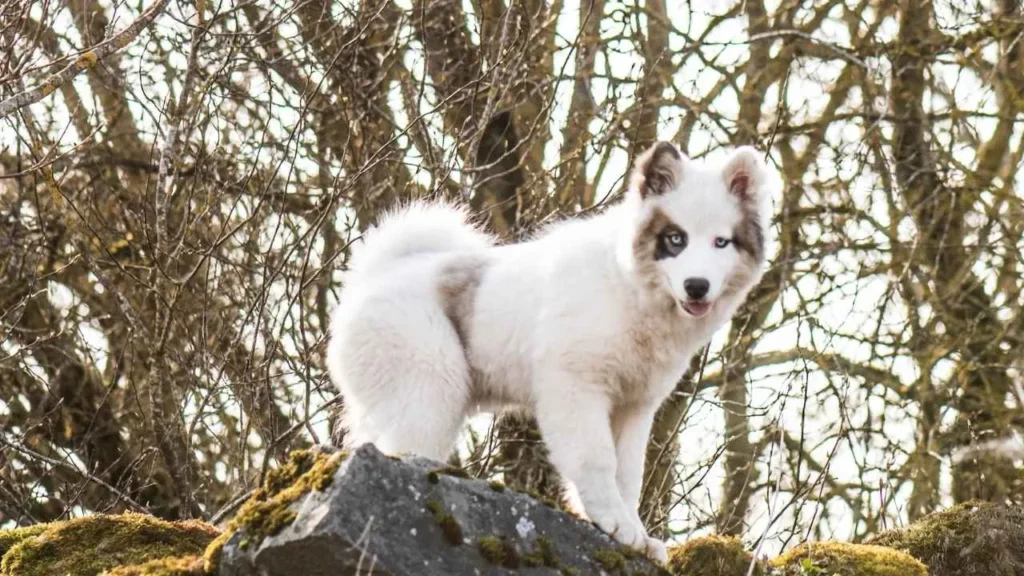
The Yakutian Laika was developed in Siberia for multiple purposes, including sled pulling, hunting, and herding. Its muscular build and resilience make it a true all-around working dog capable of thriving in severe Arctic conditions. This versatility sets it apart from many other sled breeds.
Known for their friendly and affectionate nature, Yakutian Laikas are unusually people-focused for a working breed. They bond closely with families and are often gentle around children, balancing their hardworking heritage with a loving temperament.
These dogs are active and require a high level of daily exercise. Without enough stimulation, they may become restless, as their energy levels are naturally high. According to the AKC, mental enrichment is just as important as physical activity.
Intelligence and adaptability are defining traits of the Yakutian Laika. They learn quickly and can handle various tasks beyond sledding, including agility, search work, and obedience. This flexibility has helped the breed remain useful in modern contexts.
In sled dog history, the Yakutian Laika holds a reputation for its stamina and reliability. Its ability to work in harsh climates while maintaining a cooperative spirit makes it a highly respected breed among sled dog enthusiasts.
Quick Tips
Combine physical exercise with mental training to keep them balanced.
Involve them in family activities to strengthen their affectionate nature.
Conclusion
Sled dogs have played an essential role in human survival and adventure, from hauling sleds across the Arctic Circle to racing sled dogs in modern competitions. Their powerful muscles, thick double coat, and very efficient gait allow them to thrive in cold weather and harsh conditions where many dogs could not endure. Some are sprint dogs bred for speed, while others are freight dogs developed for strength, yet all share a strong work ethic and remarkable endurance.
Across arctic cultures, Inuit people and others relied on the best breeds not only for dog sled transport but also for herding reindeer and protecting communities from polar bears. Their history is deeply connected with survival, and their warm coats and efficient movement remain vital even today. Mixed-breed sled dogs often outperform purebred companions on the trail, proving that function often matters more than appearance.
Whether in New Hampshire races or journeys across frozen landscapes, these dogs require ample exercise, mental stimulation, and respect for their rich history. With striking blue eyes, webbed feet, and strong prey drive, sled dogs remain symbols of resilience, loyalty, and partnership in weather that demands nothing less.


